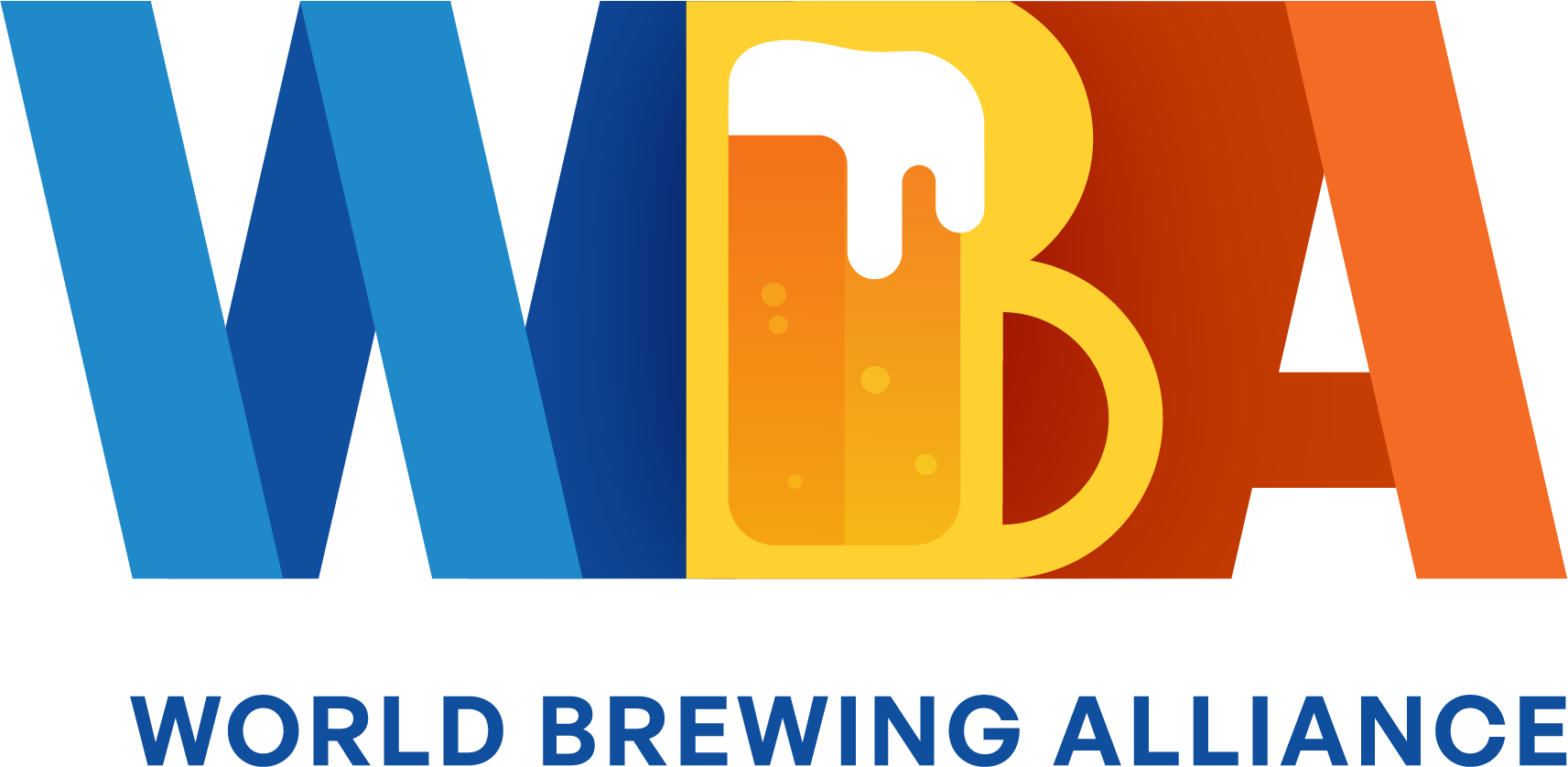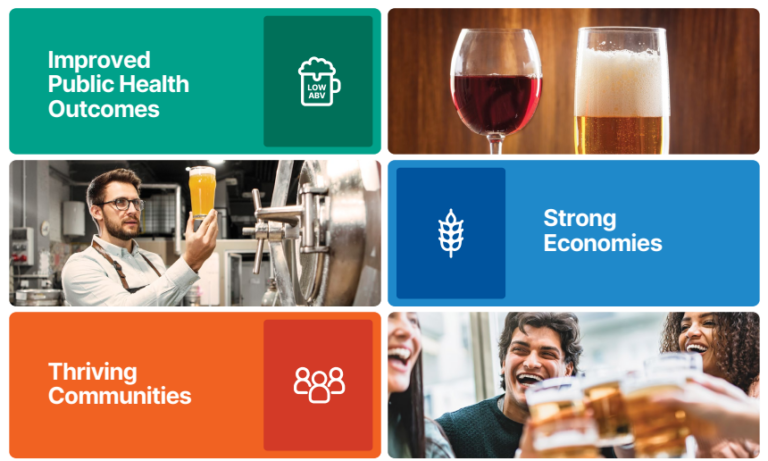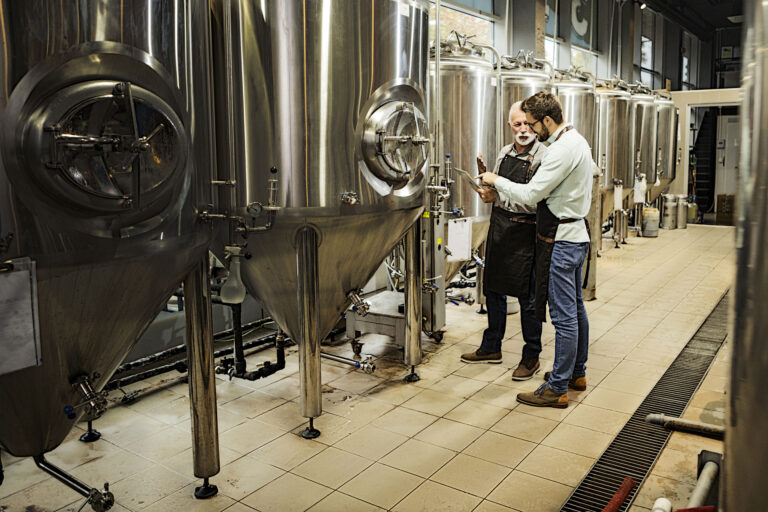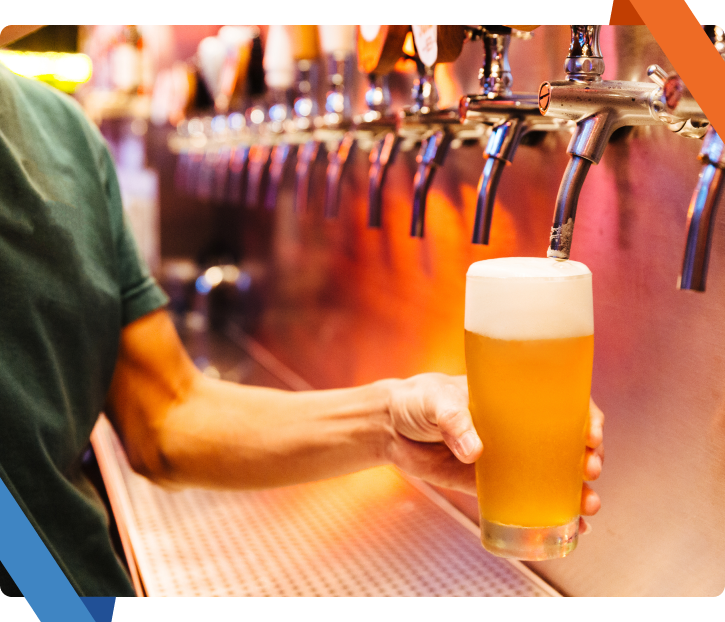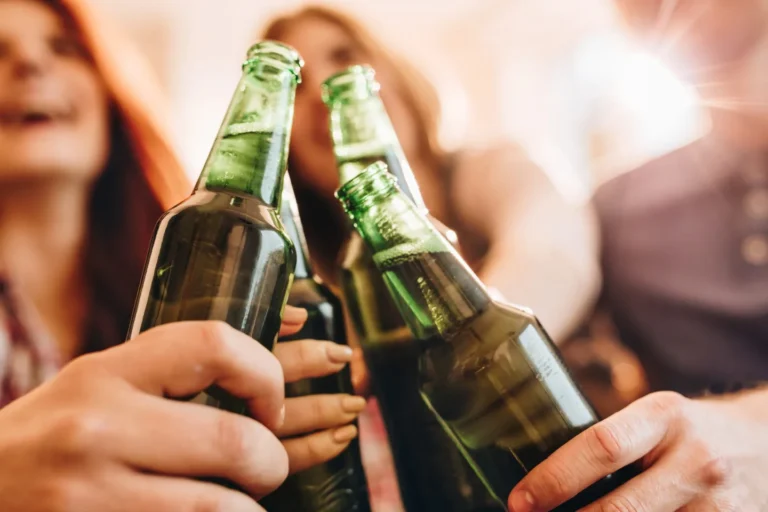By Emma McClarkin OBE // 23 September 2024
Crossposted from Devex, read the original article here
As the United Nations gathers for its annual General Assembly, progress on the Sustainable Development Goals will take center stage. One promising area under Sustainable Development Goal 3 regarding good health and well-being, is the progress that the world has made on reducing the harmful use of alcohol.
On several key indicators, we’ve made important shifts. According to the World Health Organization, “From 2010 to 2019, the number of deaths attributable to alcohol per 100 000 people decreased by 20.2% — greater than the overall decrease in total deaths worldwide for the same period of time (14.8%); similarly a decrease in the number of alcohol-attributable DALYs lost within the same period (18.3%) was larger than the observed decrease in all-cause DALYs lost (14.0%).” Fewer people are drinking and driving, fewer people are binge drinking, and fewer people are dying from using alcohol in a harmful way.
While the numbers are a source of optimism, there is still a tremendous amount of work to be done, and collaboration between the public and private sectors is key to continuing this encouraging trend.
Industry’s role in reducing the harmful use of alcohol
The International Alliance for Responsible Drinking, an organization that brings together alcohol-industry competitors around a common goal to reduce the harmful use of alcohol, continues to act and advocate for effective policies and stronger enforcement of existing laws such as preventing drink driving, underage drinking, and drinking during pregnancy.
The industry’s actions have included strengthening responsible marketing practices, including setting global standards for influencer marketing of alcohol and preventing underage exposure to online alcohol advertising. We have also worked to raise standards in sales to prevent selling to those underage or drinking harmfully, including through our recent work in the e-commerce space and by working with retailers and hospitality to support responsible sale and service of alcohol.
The beer industry will continue to collaborate with our colleagues in the wine and liquor industries to reduce the harmful use of alcohol.
Beer leads on nudging consumers toward lower-alcohol choices
In addition to this industry-wide effort, the brewers of the world play a specific role in reducing the harmful use of alcohol through our innovations to create lower- and no-alcohol products, an important tool to support moderate drinking.
If a consumer who chooses to drink alcohol substitutes their usual choice with a lower-strength option, they are consuming less ethanol overall during that occasion. For example, they may choose a no-alcohol beer instead of a regular strength one or open a bottle of beer instead of pouring themselves a strong cocktail. They would drink the same number of beverages but consume less alcohol overall. When this phenomenon, known as the substitution effect, happens at the population level, the overall consumption of ethanol decreases and multiple public health indicators improve.
To encourage consumers at the population level to make this switch, they need to have tasty options that are backed by brands they trust, widely available, and thoughtfully marketed. This effort requires significant resources, and brewers have made major investments to craft, promote, and distribute these lower- and no-alcohol beers.
The work is paying off. Lower- and no-alcohol products grew by more than 7% in volume across 10 key global markets in 2022 and this trend is expected to continue. Beer and cider make up nearly 70% of the lower- and no-alcohol category across the world’s 10 leading no/low markets, and 97% of the market in the European Union.
The beer industry’s effort is supported by WHO, whose 2010 Global strategy to reduce the harmful use of alcohol acknowledges a role for lower-alcohol products in harm reduction and whose 2022 global alcohol action plan asks economic operators to move portfolios toward lower-alcohol products. In alignment with the asks of the public health community, these combined efforts give consumers multiple choices to drink more moderately.
Policymaking can support continued success
The substitution effect is supported by differentiated alcohol policies that nudge consumers toward lower-alcohol choices. Notably, WHO’s action plan also calls for more research on the impact of differentiated policies, which treat products differently depending on type and strength.
The decrease in the harmful use of alcohol is encouraging, but there is still more work to be done. Through collaboration with the public health community, policymakers, and industry, we can continue to drive numbers down and encourage moderation.
As the U.N. says, businesses can do “good while doing well,” and the beer industry will continue to play our role in reducing the harmful use of alcohol through marketing, partnerships, and innovation.
